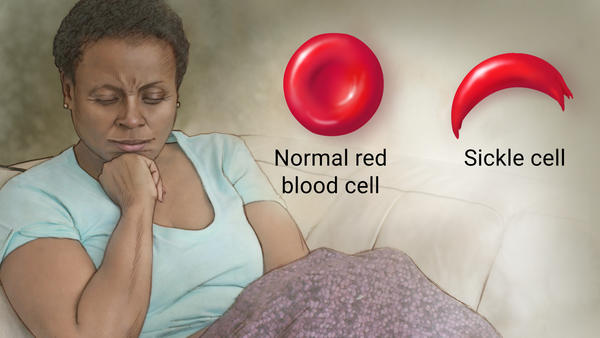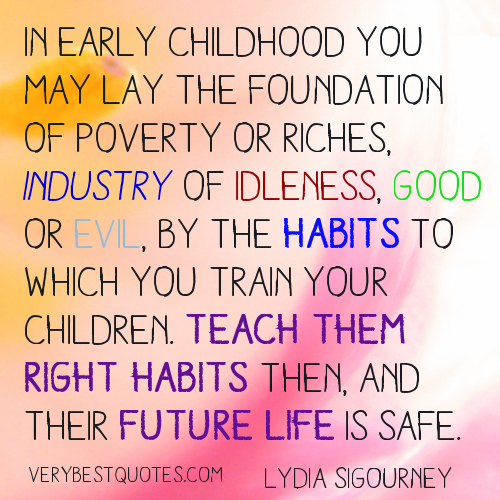This slideshow requires JavaScript.
The assessment of early childhood students is both complicated and multifaceted. These assessments are used to inform, monitor and support the growth of learning in the development of young children.
The purpose of these assessments should bring about benefits for children; either in direct services to the child or in improved quality of educational programs. They should address the full range of early learning/cognitive development, including physical, motor development and the social/emotional development of each individual child being assessed.
For infants, toddlers, and preschoolers, instructional assessments address the following areas of
development:
- physical and motor;
- social and emotional
- approaches to learning
- language and communication
- cognitive
- general knowledge
Screening – To identify potential problems in development; ensure development is on target.
Instructional – To inform, support, and monitor learning.
Diagnostic – To diagnose strengths and areas of need to support development, instruction, and/or behavior. To diagnose the severity and nature of special needs, and establish program eligibility.
Program Evaluation/Accountability – To evaluate programs and provide accountability data on program outcomes for the purpose of program improvement.
The following assessment systems, used by early education and care programs across the state, are recommended by and available through the Massachusetts Department of Early Education and Care:
- High Scope COR: (Child Observation Record) Educators follow COR’s three-step process: 1) observe and record, 2) score, using the Online COR, and 3) report findings to share. http://www.onlinecor.net
- Teaching Strategies GOLD: This strategy bases its assessment around 38 objectives that are important to early childhood education. http://www.teachingstrategies.com
- The Work Sampling System: The system is structured so that the combination of student portfolios and guidelines and checklists create the assessment for the educator. https://www.worksamplingonline.com
- Head Start Child Outcomes Framework (Head Start Bureau, 2001),
which includes standards for language, literacy, math and science, creative arts, social and emotional development, approaches to learning, and health/physical development. http://resourcesforearlylearning.org/fm/early-childhood-assessment/
- Developmental Indicators for the Assessment of Learning, Fourth Edition [DIAL-4] Carol Mardell Ph.D., & Dorothea S. Goldenberg, Ed.D
http://www.k12.wa.us/EarlyLearning/pubdocs/assessment_print.pdf
In the US there are 4 types of tests used to assess children to monitor and track their progress.
- Diagnostic: This testing is used to “diagnose” what a student knows and does not know. Diagnostic testing typically happens at the start of a new phase of education, like when students will start learning a new unit. The test covers topics students will be taught in the upcoming lessons. Teachers use a diagnostic testing information to guide what and how they teach Students are not expected to have mastered all the information in a diagnostic test.
- Formative: is used to gauge student learning during the lesson. his informal, low-stakes testing happens in an ongoing manner, and student performance on formative testing tends to get better as a lesson progresses.
- Benchmark: this testing is used to check whether students have mastered a unit of content. The assessments are designed to let teachers know whether students have understood the material that’s been covered.
- Summative: This testing is used as a checkpoint at the end of the year or course to assess how much content students learned overall. it cumulatively covers everything students have been spending time on throughout the year.
https://www.noodle.com/articles/4-types-of-tests-teachers-give-and-why
Children in Africa are assessed using the International Performance Indicators in Primary Schools (iPIPS).
This testing tool will provide much-needed information about children starting school, and the progress they make during their first year. It will also give the province an opportunity to benchmark itself against other countries and regions, using high-quality data in of South Africa and sub-Saharan African countries.
There are five components to the (iPIPS) Assessments:
Cognitive development
Personal, social and emotional development
- Physical development
- Behavior
- Contextual information
Segments of parts of (iPIPS) assessment consist of a number of measures which have been shown to be good predictors of later educational achievement:
- Handwriting – the child is asked to write his/her own name
- Vocabulary – the child is asked to identify objects embedded within a series of pictures
- Ideas about reading – assesses concepts about print
- Phonological awareness – rhymes and repeats
- Letter identification – a fixed order of mixed upper and lower case letters
- Word recognition and reading – words, sentences, and comprehension
- Ideas about mathematics – assessment of understanding of mathematical concepts
- Counting and ability to use numbers
- Sums – addition and subtraction problems presented without symbols
- Shape identification
- Digit identification
- Mathematical problems – including sums with symbols
- Short term memory – recall of a sequence of highlighted buttons
The (iPIPS) assessment is administered using an App which functions on a smartphone or tablet alongside a picture booklet. The child is shown the picture booklet and an adult administers the assessment and collects the data using the App. The App makes the administration of the assessment and collection of data very simple and efficient. The whole assessment takes approximately 20 minutes per child.
Examples
The children would be shown this picture and asked “Which is the biggest cat?” and “Which is the smallest cat?”

Here is an example in two languages, Afrikaans and isiXhosa:

Each section of the assessment presents items of increasing difficulty until the child has got a few wrong and then it moves onto the next appropriate section (i.e. the assessment operates on sequences with stopping rules).
- Personal, social and emotional development is designed to assist with the monitoring of children’s personal, social and emotional development in the first year of full-time education. It is separate from the cognitive development assessment and is completed by the class teacher from their knowledge of the child gained through general day-to-day interaction and observation. It typically takes 5-10 minutes per child to complete. The teacher is asked to assess each child against 11 items. The items themselves are arranged into three sections:
- Adjusting to the school environment
- Personal development
- Social and emotional development
Each item is assessed using a five-point scale, with a descriptor provided for each point on the scale. The teacher decides which descriptor provides the closest match for a particular child and clicks on the relevant statement on screen. The app records the information. The assessment is carried out a few weeks after children start school and then again at the end of the school year.
- Physical development
This includes:
- Height and weight
- Fine motor skills or fine motor coordination
- Gross motor development
The fine motor skills aim to assess dexterity and manipulation with the hands and fingers. The assessment involves drawing along a trail. iPIPS involves a quick assessment of gross coordination that is built on the Brazilian sitting and rising test (Araújo, 1999) often used for older people. For young children, it identifies those who lack flexibility and coordination.
- Behavior
This assessment is carried out at the end of the year by the class teacher and is based on their observations of pupils during the year. The teacher is presented with a number of statements of behavioral characteristics and decides to what extent each statement applies to the child in question. These statements are based on the DSM-IV diagnostic criteria for ADHD for inattention, hyperactivity, and impulsivity, with the wording adapted to reflect young children in the classroom setting
Contextual information
Two short questionnaires, one for teachers and another for parents/carers, captures basic background information on the children and schools included in the sample, such as ages, special needs, and socio-economic status. This allows policy makers to see and compare relationships between these variables and the outcomes noted above.
http://www.ipips.org/the-ipips-study/the-pips-assessment
In conclusion, the most important thing I would like to share with my colleagues is that any assessment given should be age appropriate in both its content and the way the information is gathered; this should include the Approaches of learning, language and general knowledge and cognition.
References
Slentz, K. L., Ph.D., Early, D. M., Ph.D., & McKenna, M., Ph.D. (2008). A Guide to Assessment in Early Childhood Infancy to Age Eight. Retrieved April 10, 2017, from http://www.k12.wa.us/EarlyLearning/pubdocs/assessment_print.pdf
O’Malley, K. (2015, October 27). 4 Common Types of Test Teachers Give (and Why). Retrieved April 10, 2017, from https://www.noodle.com/articles/4-types-of-tests-teachers-give-and-why
Tymms, P., Professor. (2014). IPIPs Placing Early Childhood Education At The Heart of Worldwide Policy Making. Retrieved April 10, 2017, from http://www.ipips.org/the-ipips-study/the-pips-assessment



















